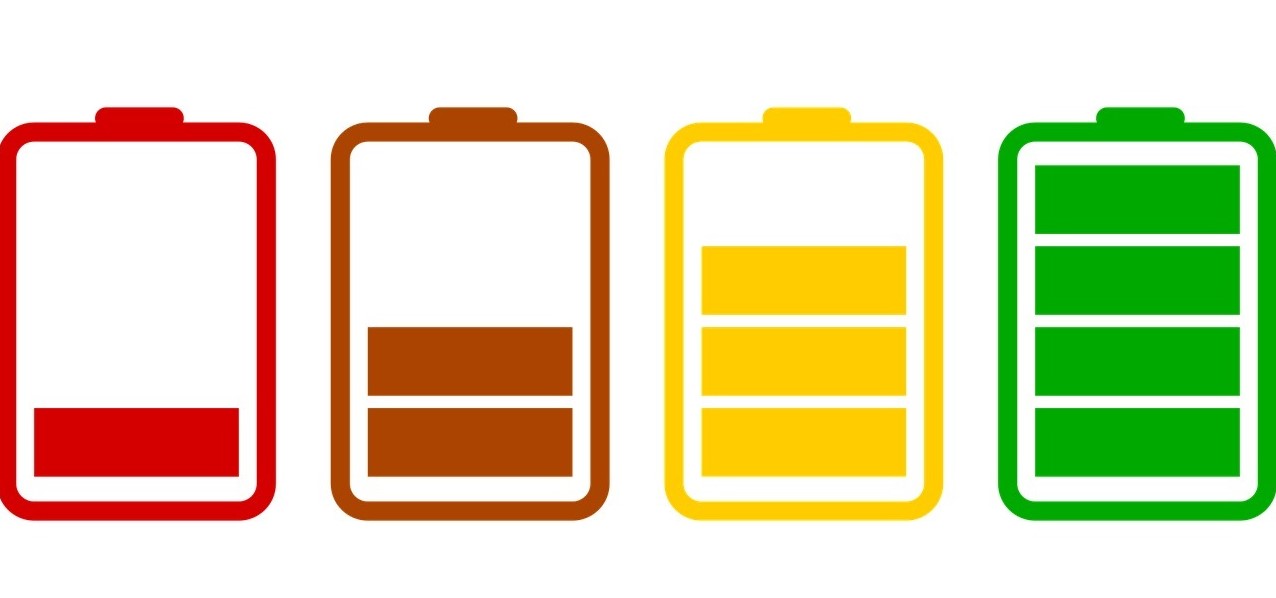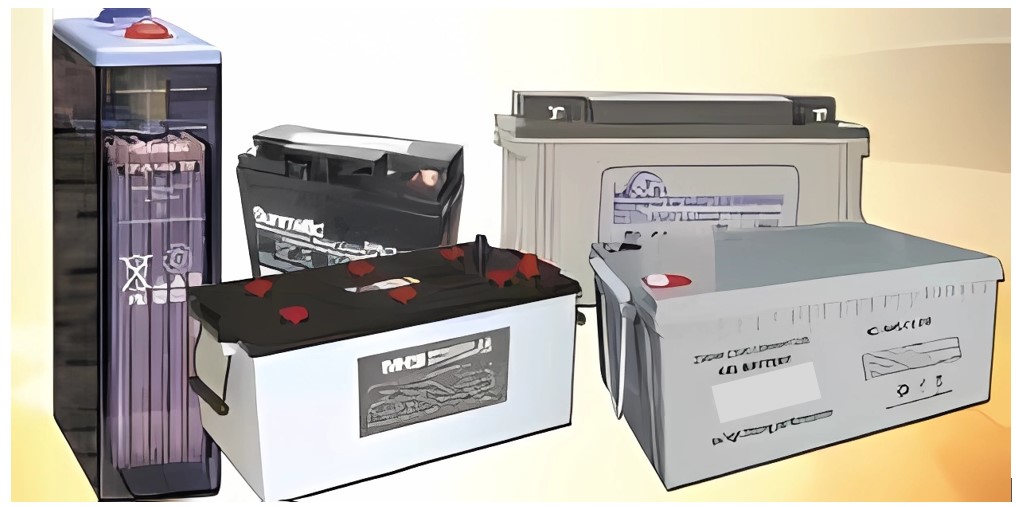Knowing the operational status of a stationary battery will save you from many unpleasant surprises. That’s why the battery discharge test is one of the most reliable methods.
It will indicate whether they are capable of fulfilling their mission and if they retain the design attributes expected of them.
An example of the latter is whether they can supply the necessary energy for the minimum calculated time. Additionally, you will be able to determine if one of the cells may have problems that affect the entire battery bank.
The old saying that ‘a chain is only as strong as its weakest link’ applies here. Just one failing cell can render the entire bank inoperative. To learn more about them in detail, we invite you to read the post Batteries and their Generalities..
Fortunately, different battery bank technologies provide us with certain clues about their condition. We just need to interpret them correctly. In this case, we will refer to lead-acid stationary batteries, which are the most commonly used.
In the professional jargon, these procedures are called test protocols. Here we present how to perform the battery discharge test. Let’s take a look!
Procedure for conducting the discharge test

cambioenergetico.com
It consists of extracting from the battery bank an amount of energy equivalent to what it must supply in the event of a rectifier failure. This is done in order to determine how long it can maintain this supply until the cutoff voltage is reached.
This is the most realistic test you can perform since it allows you to verify «in the field» whether the battery bank. Will provide you with the required energy for the calculated duration.
However, we do not recommend conducting this test with the equipment load, as it would unnecessarily disrupt the service in the event of a failure. Therefore, we suggest performing it using a «test DC resistance bank» instead.

This device is composed of several adjustable resistors which. When connected to the battery bank, demand a certain power at a predetermined voltage. Simulating the actual load.
The best procedure to follow is as follows:
1.- Adjust the resistance bank
For the current and voltage of the equipment.
2.- Disconnect
The battery bank from the rectifiers.
3.- Measure the voltage and temperature
In each battery cell or in each 12 Vdc block, as appropriate. If they are open batteries, ensure that the electrolyte level is adequate.
4.- If the voltages of the cells are not uniform
Proceed to perform an equalization charge as recommended by the manufacturer.
This is done to balance this parameter among the elements. Please note that this equalization charge is only applicable to open or vented batteries, not to sealed, regulated, or VRLA batteries.
If that’s the case, the cell or element must be replaced without delay.
If, despite this charge, some cells still have very high or very low voltages, we suggest not proceeding with the discharge test. At this point, it is necessary to conduct a study to determine which cells are causing problems.
We have prepared an article on this subject called Determining the state of a stationary battery.We recommend reading it.
Now, if the voltages are equalized within a maximum of 10% difference, you can continue with the test.
Another parameter you should measure is temperature. If the temperature is higher than ambient temperature in some of the elements, you should also suspend the test.
Leave it suspended for a few hours to see if it normalizes. This elevation could be due to subjecting the bank to a recharge with equalization voltage. However, if this condition persists, you should definitively suspend the test and replace the affected element.
5.- Start the backup generator
Set by placing it in «manual mode» to ensure that the system never runs out of power. We explain this in our next post titled «What You Need to Know About Backup Generator Operation Modes.»
6.- Reconnect the resistance bank to the battery bank and turn it on.
Make sure that the connection cables have enough capacity to carry the load current.
7.- Note the time at which the discharge test begins.
8.- Note the voltage of each element every 10 minutes.
9.- End the test by suspending it when the battery bank reaches the per-cell cutoff voltage.
We propose that this be set at 1.80 Vdc. If it is a battery bank with 24 cells of 2 Vdc each, the total voltage of the bank would be 1.80 x 24 = 43.2 Vdc.
10.- Disconnect the resistance bank.
11.- Reconnect the battery bank to the rectifiers to recharge it.
12.- Allow the backup generator to run for an additional hour before turning it off.
It is a good idea to verify that the grid electricity is under normal conditions for this.
To conclude…
You should be aware that discharging batteries is a test that should not be performed frequently.
In our post Interpreting the results of the discharge test in stationary batteries we will explain how to interpret the measurements obtained.
This is done to determine the health status of your battery bank. Remember that this test can be performed on all types of stationary batteries and also allows you to assess battery quality.
In our Course on sizing and designing DC power systems for telecommunications and critical systems we explain how to calculate them.
So that you can create a reliable and long-lasting system. You can find the course topic at this link.
We also invite you to visit the energydcac blog where you will find interesting content on this topic and related subjects.
If you have any more text to translate or further questions, please feel free to ask.
Image sources
- directindustry.es
- energydcac.com
- damiasolar.com

